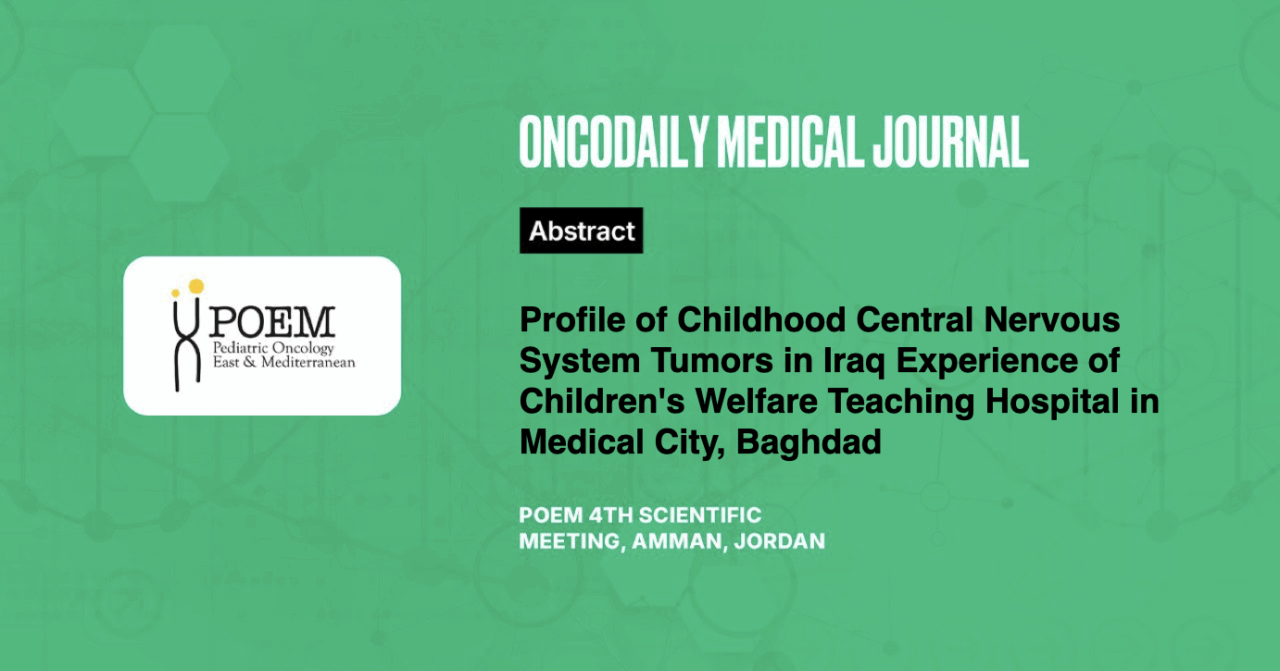Profile of Childhood Central Nervous System Tumors in Iraq Experience of Children’s Welfare Teaching Hospital in Medical City, Baghdad
Abstract
Introduction: The most frequent pediatric solid organ tumor and the second most prevalent childhood malignancy after hematologic malignancies are primary malignant central nervous system tumors. Brain tumor management in resource-limited nations requires a committed multidisciplinary team to shorten detection delays and synchronize treatment approaches. The study aims to identify the clinicopathological profile and outcome of childhood brain tumors in the oncology unit of the Children’s Welfare Teaching Hospital.
Methodology: This descriptive, prospective, and retrospective study included 72 children aged between 0-14 years who were referred to the oncology unit after being diagnosed with primary brain tumors over 27 months between October 2017 and the end of December 2019, and a follow-up till the 30th of September 2020.
Results: There were 38 males (52.78%) and 34 females (47.22%). Male-female ratio 1.1:1. At diagnosis, the mean age was 4.93 years and the median was 5 years, ranging from 6-165 months. The median duration of symptoms was 3 months, and vomiting was the most prevalent clinical manifestation in 48 patients (66.7%), followed by headache in 30 (41.7%) and abnormal gait in 29 (40.2%). Medulloblastoma was the most prevalent histological type in 24 (33.3%). Poor outcomes were observed: 23 (31.9%) patients died, 20 (27.8%) completed therapy and followed up, 11 (15.27%) remain on treatment, 10 (13.9%) abandoned treatment, and 8 (11.1%) are alive with progressive disease.
Conclusion: Most of the findings were consistent with other studies from other parts of the developing world. The outcome of pediatric brain tumors remains poor.





